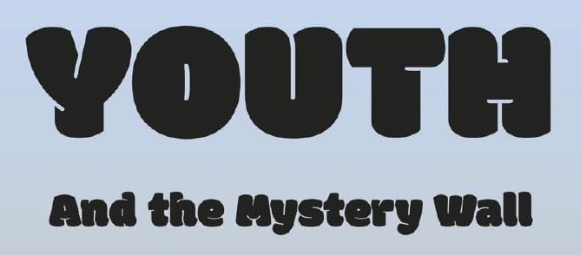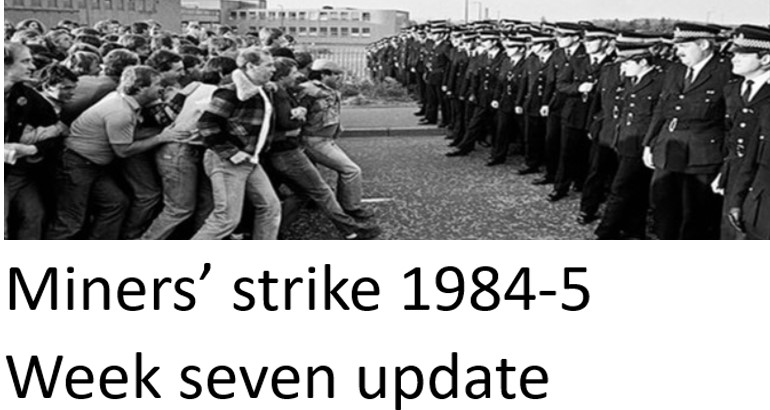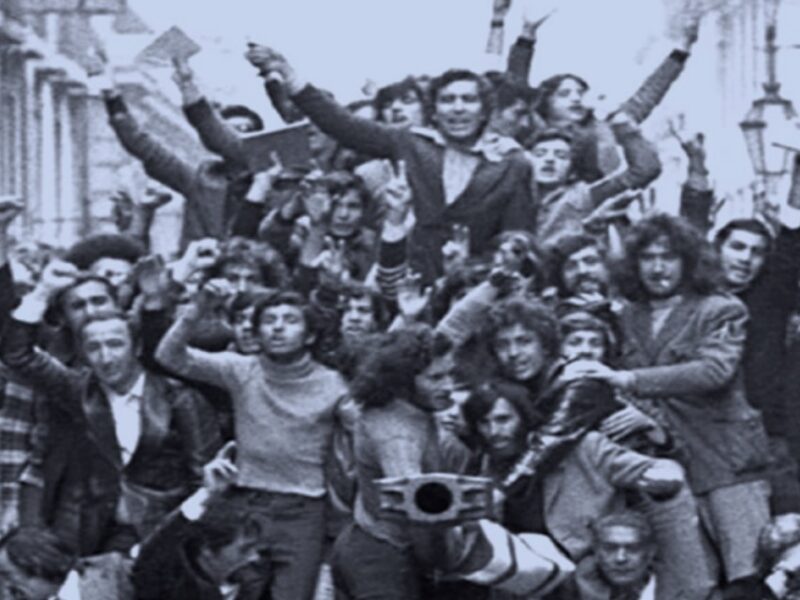By Phil Frampton, author of Youth and the Mystery Wall
I had originally intended to write a paper on collective empowerment for adolescents, but the International Federation of Social Workers asked me to turn it into a book. This meant, amongst other tasks, challenging some of the Western world’s conventional wisdoms surrounding young people’s place in society; notions that have long festered beneath a veil of saccharine-sweet sentimentalism.
The book concerns several issues that I have mulled over during years of campaigning on child-related issues. Essentially, I wrote Youth and the Mystery Wall because all the debates and discussions about children and young people’s rights, participation and emancipation have, in my view, only emphasised the ongoing oppression of young people. What is more, despite the almost global adoption of the United Nation’s 1989 declaration on the “rights of the child”, the oppression of young people in Western society in particular, has intensified via a process of atomisation covered by the gloss of infantilisation, portraying young people as hapless objects, fresh out of nursery and incapable of agency.
“It Takes a Whole Village to Raise a Child
Raised in orphanages, I experienced my childhood in a collectivised form. I wanted to show how despite the popularised notion that “it takes a whole village to raise a child”, many people still fail to recognise that the children themselves are, through pro-active peer interaction, a key part of that process.
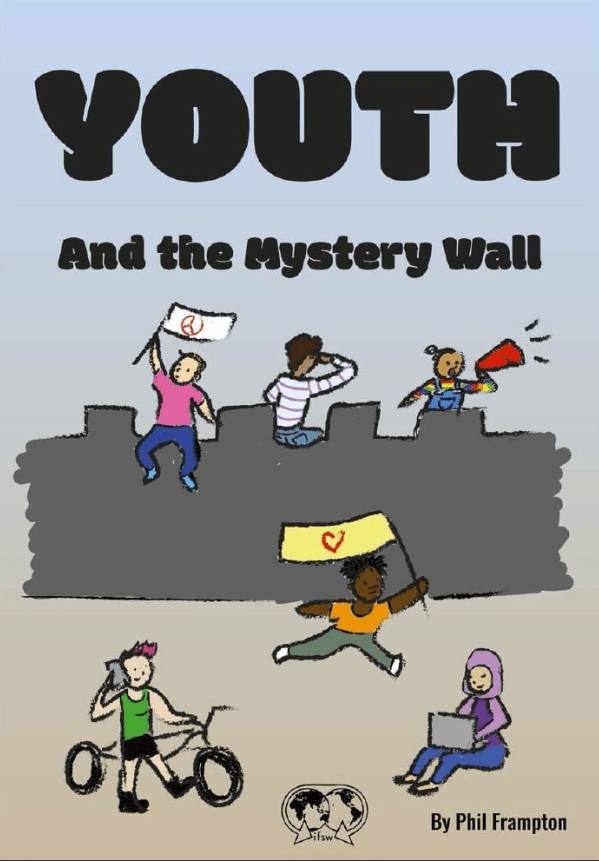
My 2004 childhood memoir, The Golly in the Cupboard, chronicled my time as a mixed-race child growing up in orphanages. In my new book, I reference passages from the memoir to illustrate how important a nurturing and educational role children play in each other’s upbringings. I stress that this role is even more important during adolescence when young people combine to collectively enjoy and make more of the world that they live in.
Discussing with Israelis who grew up in their kibbutzim added further evidence regarding the unacknowledged role peer groups play in young people’s lives and personal development. So too did speaking with people brought up in modern day boarding schools and reading research reports.
Young People’s Collective Power
In the childhood memoir I alluded to how being a collective gave us children an element of power – as a group and as a gang. In the orphanages, when united, we exercised a degree of collective power. That was one of the reasons why sexual, physical and psychological abuse were commonly used tools of the management and staff, in order to intimidate, divide and isolate us (as was the case in most boarding schools).
The biggest lesson in my childhood concerned, how we, as children, tried to combat the brutal abusive manager placed in charge of my last orphanage. As children we each naively tried individually and in our own way to combat the brute. We failed, largely because we had neither the physical strength, nor access to a sympathetic authority to prevent it. However, when a group of children organised together and staged a revolt, sitting-in on a public bus and refusing to leave until the police were called, the abuser was forced out of the home immediately. He was never charged, despite the incident and accusations being recorded and still on Home Office books. It was a lesson in how children may have little physical or legal power but collectively they can outmanoeuvre adults.
Because of the sensationalist way that the media brings issues to the public’s attention, many people associate any residential care of children as being abusive. Many were, in some form or other, because most of those settings historically were abusive in their very nature and set against the collective energy and agency of youth.
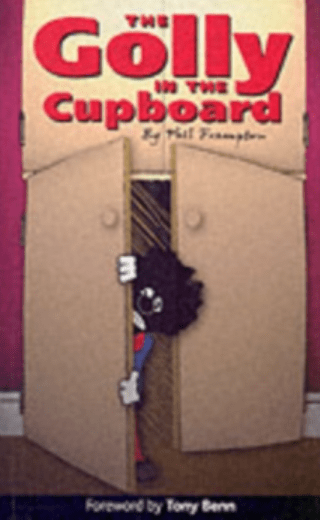
Orphanages and workhouses
The orphanages were primarily to keep abandoned children out of the hands of criminal gangs and then to provide disposable young labourers for the employers. It was soon proved that orphanages and workhouses could also play a role in terrorising parents and children as to their fate if they proved incapable of acting out their designated societal role, as families. In contrast, the private boarding schools were there to toughen up, brutalise and train the children of the ruling classes to take the reins of power and preserve the exploitative position of the elite.
For the last 70 years, ever since it took financial responsibility for child welfare, the British government has been bearing down on residential care for children because of the cost. Meanwhile, they have increasingly propped up and defended private boarding schools. The government annually gives the equivalent of £3bn in tax breaks to private schools. If one adds grants and other concessions it comes close to the £4bn grudgingly spent on looking after the 100,000-plus young people in care.
Meanwhile, UNICEF and Save the Children, Western imperialism’s weapons of ideological colonisation, demand the closure of the world’s orphanages. Tragically, because of a lack of infrastructure, such as well-resourced and knowledgeable, reliable inspectorates, this would leave most of the world’s abandoned or neglected children atomised and variously exploited as industrial, rural or domestic slave labour. Collective residential care is good for the children of the rich, but bad for the poor. Fine wines are wasted on the working classes.
Adolescence as a Modern Social Construct of Capitalism
In discussing the position of children in society, in my book I dig beneath the establishment’s superficial narrative regarding childhood and child development, which has woven itself into the thinking even of many who consider themselves socialists.
I wanted to highlight the specially oppressed nature of youth under capitalism and to expose the socially-outmoded and counterproductive nature of that oppression. There is a clear need for a discussion on battling to end that oppression amongst progressive adults and socially aware teenagers, with the latter being the key drivers.
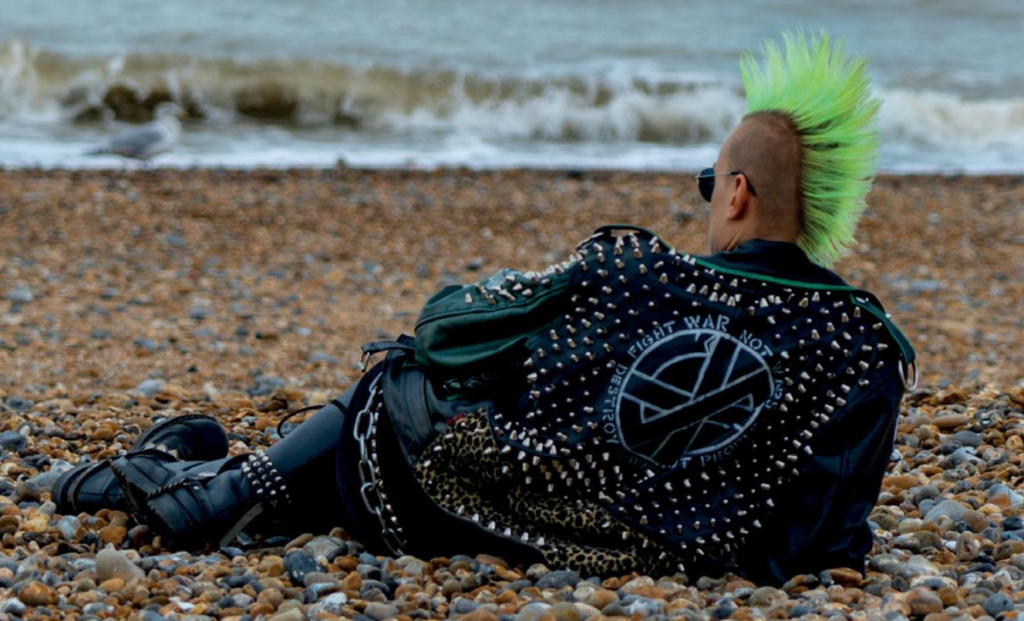
In essence, I call for a reframing of society’s understanding of modern-day adolescence; an understanding which has been moulded by capital’s need for a conveyor belt of fresh supplies of compliant, disciplined labour to perform in its factories, offices, policing and armed forces. I illustrate how teenagers as a whole are a socially oppressed section of society. I argue that modern day adolescence is a social construct of capitalism created to deny teenagers their rightful social and civic emancipation.
Youth and the Mystery Wall explores youths’ dual existence as both corporate collectivised property of the state and the private property of the nuclear family, and the consequences of this contradictory existence.
Adolescence is generally acknowledged to be the post-puberty period when the young person feels confident of tackling abstract matters, awakening to more complex reasoning. Before them, however, is a complex, confused society which demands responsibility off them but gives them, as the property of adults, few rights. It is a world based on falsehoods and cant to cover up exploitation, oppression and ignorance.
When a young person asks for truth and reason, the reply often amounts to “because I told you so” or “because it is”. Young adolescents have agency and compassion. How marvellously is that demonstrated by this country’s under-resourced, societally taken for granted, 700,000 young carers. Yet young people are treated as objects and disrespected. Is it any wonder that adolescents may become moody and suffer depression?
Armies of neuroscientists have long tried to biologize these symptoms of oppression, claiming that the reason for adolescent angst and trauma is due to changes in the adolescent brain. However, my book cites dissenting neuroscientists who quote research by anthropologists, who in a century of studies covering one hundred non-capitalist cultures, have not found other cultures demonstrating in any way the level of adolescent trauma existing in Western societies.
Collective capability and collective empowerment
In this period of adolescent growth, the child is thrust each day into the collectivised world of school and associates with their peers undergoing the same processes. Peer groups form. These groups not only offer fun and amusement, they also add collective capability ie the additional capability created by bringing together the various qualities of the group. In many cases, the accumulated and combined wisdom, strength and confidence of the group can now outwit and soon overpower an adult. They have reached into a new sphere of the human existence and find themselves collectively empowered or de facto emancipated in relation to an adult.
The world order has children as the property of and subordinate to adults. They have no right to anything they consider their own, even the wages they might earn. They have no right to the roof over their head. Yet adolescents, societally denied empowerment, now have the power…at least when they act collectively.
The quantitative change brings about a qualitative change. The impact of this is reflected in the widespread apprehension regarding even small groups of unaccompanied adolescents, as exemplified by the common refrain regarding group of kids hanging around street corners. Indeed, Britain’s dispersal laws aimed at young people are notably reminiscent of the British imperial Raj’s orders to clear groups of “natives” off the streets and the nineteenth-century ant-trade union Combination Laws.
Corporate mass education of the twentieth century came to the fore in order to shape the mass of youth to the needs of the age of imperialism. The role of the schools in most of Europe was to socially discipline the youth and prepare them for service to the employers, whether in industry, services or the military or as house/homekeepers. Above all, the youth were expected to do their employer’s bidding, and education today is still set up to enforce carrying out the will and unquestioningly follow the orders and rules as demanded by the corporate representatives, the staff.
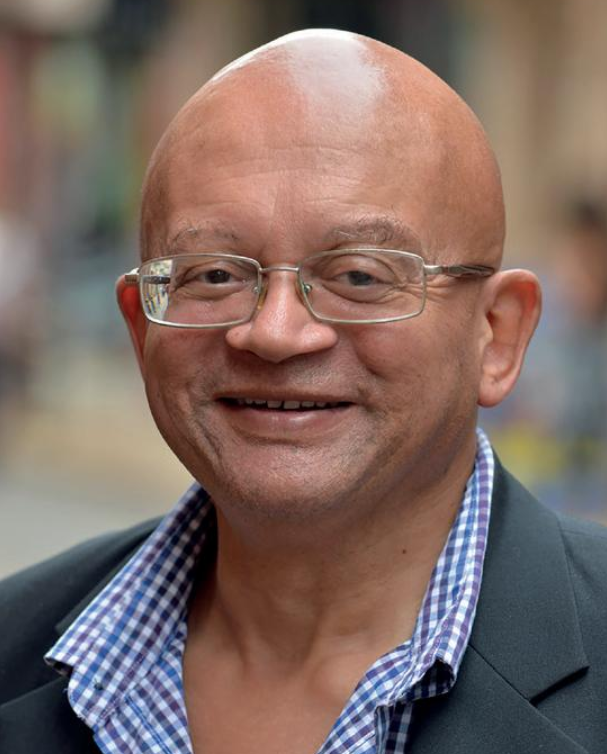
Alongside this disciplining, the establishment and media have for over a century kept up almost daily ephebiphobic (anti-youth) tirades, portraying teenagers as out of control, volatile, lazy, moody, in need of firm disciplining, etc. This serves to pressurise parents to fear their children’s friends and to desensitise adults as a whole to the special oppression of teenagers.
It is in this sense that I argue that adolescence, as perceived today, is a capitalist construct created to deny teenagers their societal emancipation and full human rights. The parallels with the Western imperialism’s racist propaganda against the Black slaves and the colonised peoples of Africa and Asia are clear.
The theoretical atomisation of childhood
I consider two of the 20th century doyens of child development theory, Maslow and Bowlby, whom, I argue, crucially underestimated the importance of other children and the role of the community in young people’s upbringing. American psychologist, Abraham Maslow, and Britain’s John Bowlby both advanced theories centred on the individual existing as separate from those around them.
I point out how Maslow drew directly from the North American Blackfoot tribe’s community-based hierarchy of needs to develop his celebrated but individualistic Hierarchy of Needs (according to the tribe’s academics). The theorist never acknowledged the Blackfoot’s theory. Maslow’s citing the Blackfoot would have presented the world with transparent options of individualistic and collective views of personal development. This was overlooked as it did not serve the propaganda interests of capital.
Bowlby’s attachment theories declared that having a parental or other primary attachment was vital for children’s successful development. However, I illustrate how his theories have been used to overlook the crucial role of siblings and peers in child development. Bowlby’s theories did actually leave room for a child to have a sibling as its primary attachment. Nevertheless, Bowlby’s musings have been used by British governments to give a theoretical gloss to their splitting up siblings entering the care system rather than go to the expense of keeping the young “family” together.
Fifteen years ago, Cambridge psychologist and celebrated author of “Women’s Estate”, Professor Juliet Mitchell, brought to my attention the global dearth of research on siblings. That theoretical vacuum remains, despite the majority of children in the world being brought up as siblings. Yet, even in the 1970s academics were bemoaning child development theories based on the notion that the child to adult relationship is the only important one that exists in children’s lives. I contend that ignoring the role of siblings and children in the young family, allows for young people to be treated as objects and facilitates their atomisation.
I add, “Human society is collectively organised and the anachronism at the heart of modern society is an economic system that treats people as individual commodities in the production process rather than as human socialised collectives.”
My book calls for a recognition of the importance of collective empowerment in teenage development. This process, I argue, has been dangerously eaten into by societal attempts to a) atomise children, which results in them being controlled and isolated, b) digitalise childhood in order to facilitate the marketisation of education and c) the infantilisation of adolescence, in order to undercut the working conditions and rights of young ‘adults’.
One major consequence of this three-pronged attack on young people is the intensified and growing serious incidences of teenage trauma. This feeds through into mental health and other issues later in life. Another outcome is the reduction of young people’s rights, not only their civic rights but also, in regard to young adults, their right to reasonable wage levels. Currently most young people’s incomes are insufficient to raise a family in secure conditions.
Infantilisation and the class struggle
The artificial creation of the social construct of adolescence and the infantilisation of teenagers play a key role in the class struggle. By developing an artificial age barrier concerning citizenship rights and wages and conditions, the capitalist class exploited the status of “children” to create a substratum of the working class and a reserve pool of cheap labour.
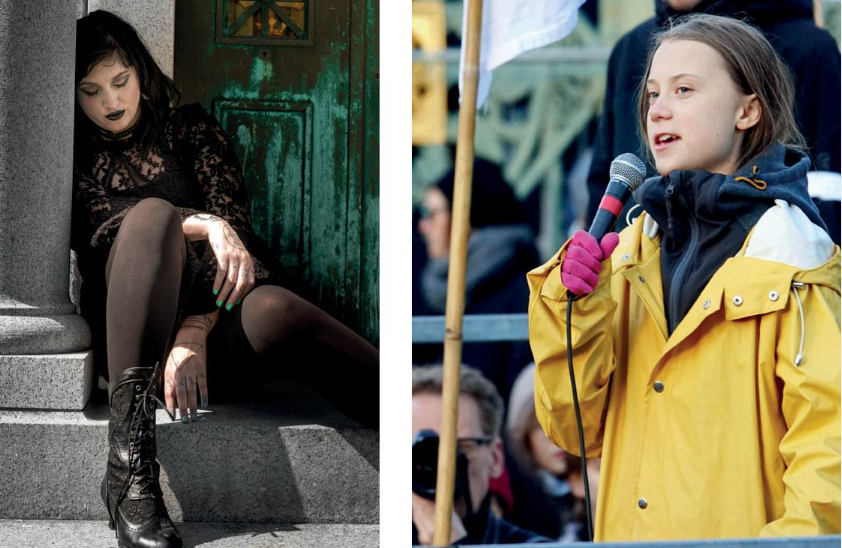
In modern Britain, young workers are no longer only a reserve pool but a key constituent of cheap labour. The bourgeois infantilisation of these youth softens them and the rest of the class to their intensified oppression. When unopposed, this allows capitalism to eat away at the conditions of the class without serious opposition
If the ruling class gave huge concessions to young workers to save its skin in the postwar welfare state, Thatcher’s YOPS (Youth Opportunities) and YTS (Youth Training Scheme) programmes signalled the erosion of working class rights at its tender end – its youth. The primary ideological tool was the infantilisation of adolescence. Under this guise, equal rights and equal pay for equal work have gradually been eroded for the young end of the workforce.
Central to this is the trade unions’ acceptance that 16-year-olds should only receive half of the legal minimum wage. The right to leave school at 14 years of age was raised to 15, then 16 and now, effectively to 18. The youth are forced to stay in the classrooms and left to seek poorly paid, casual or part-time labour to supplement their or their family’s income. Access to state benefits have been taken away from this layer. Older teenagers have also lost rights to certain benefits.
Only recently, 16- and 17-year-olds in England and Wales have had the right to marry taken away from them without a whisper of opposition from the socialist movement. The Conservative pro-marriage government’s laws now allow the 16-year-old to legally have sex and bear children but not to marry. The same government beset by police chiefs calling for the decriminalisation of marijuana is nevertheless currently toying with criminalising young voters who smoke before they reach the age of 21. The establishment has no regard for the age of 18 being the legal age of adulthood and citizenship, and clearly no regard for logic.
Infantilisation is a one-way street of oppression for the ruling class, who leave the age of criminal responsibility at ten (twelve in Scotland) and allow 16-year-olds to sign up to six years of their life away in the Army, and carry and face guns set to fire and kill in anger.
Waving around more neuroscientists’ research that claims to reveal that parts of the brain stop developing at 25, the capitalist class are considering promoting 25 as the new age of adulthood. For the working class and youth, standing idly by while these rights are eroded is perilous. If the workers’ movement fails to combat infantilisation propaganda then soon it will find that its finest freshest forces have lost their rights.
It is an attack by stealth on general rights to benefits and living wages driving the working class back to the living standards of the 1930s. We already have the growing queues for meals at foodbanks, modern day soup kitchens. We are heading back to multiple generation accommodation, not out of design, but out of necessity. Meanwhile, creeping NHS privatisation and poverty are placing timely treatment for basic health conditions out of many people’s reach.
Millions of young people are putting off having children because they consider they cannot provide financial security. Many, unable to put away sufficient savings, will miss out on this basic right. Unleashed voracious capitalism is eating into the nuclear family and its own source of sustenance. My book points to the prospect of pensions, incomes and the welfare state being so eroded that the childless elderly will be living out the rest of their lives in undignified forms of elderly foster care.
I call for the full emancipation of young people as the only way that their voices will count at society’s negotiating tables and enable them to resist such damaging and oppressive measures.
Whilst the socialist movement only opposes the symptoms of the attacks on youth’s rights and conditions, it may occur occasional success. But such successes will be beaten back while the working class as a whole and youth in particular does not vigorously confront the infantilisation narrative.
The task for the socialist movement is to raise the banner, not only in regard to defending attacks on youth rights, but also to call for young people’s emancipation and to assist them on the road of developing a viable programme so they can build age-limited autonomous or, if necessary, independent mass youth organisations. Only a mass struggle by youth supported by the workers’ movement, asserting their demands, will secure the world’s one billion adolescents a meaningful seat at the negotiating table of society, bringing about their emancipation.
The task for the left is to allow adolescents to have their head and then build organic ties with the organisations of youth based on political understandings and consciousness rather than insist on structural control. Given the bureaucratic, moribund nature of most of the political parties that the mass of workers in Europe in particular orient towards, there is little prospect of them building genuine democratic youth organisations. They fear the youth.
The British Labour Party only created a youth organisation in the mid-1920s because it feared losing out to the fast-growing Young Community League, which carried the authority of the Russian Revolution. Those on the left who are apprehensive about youth organisations should remember that those young people are not adolescent for ever. They take all they have learned in organisation, initiative and leadership into the wider struggle
It takes little imagination to see the benefits of supporting and harnessing the force that played such a key role in the global Black Lives Matters and climate change protests and so many socialist liberation movements. The population also needs to be taken along another journey to grasp the potential of fully incorporating teenage energy, enthusiasm, inquisitiveness and invention into all spheres of running society.
If the working class movement can recognise the oppressed nature of teenagers and pivot to encourage and support their struggles for their rights and emancipation, then it will add a powerful force to the struggle for a world free of exploitation where all can live in dignity, a socialist world.
The paperback version of Youth and the Mystery Wall is available at www.centralbooks.com and other online bookstores, RRP £14.95, and as a free PDF download at https://www.ifsw.org/product/books/youth-and-the-mystery-wall/

